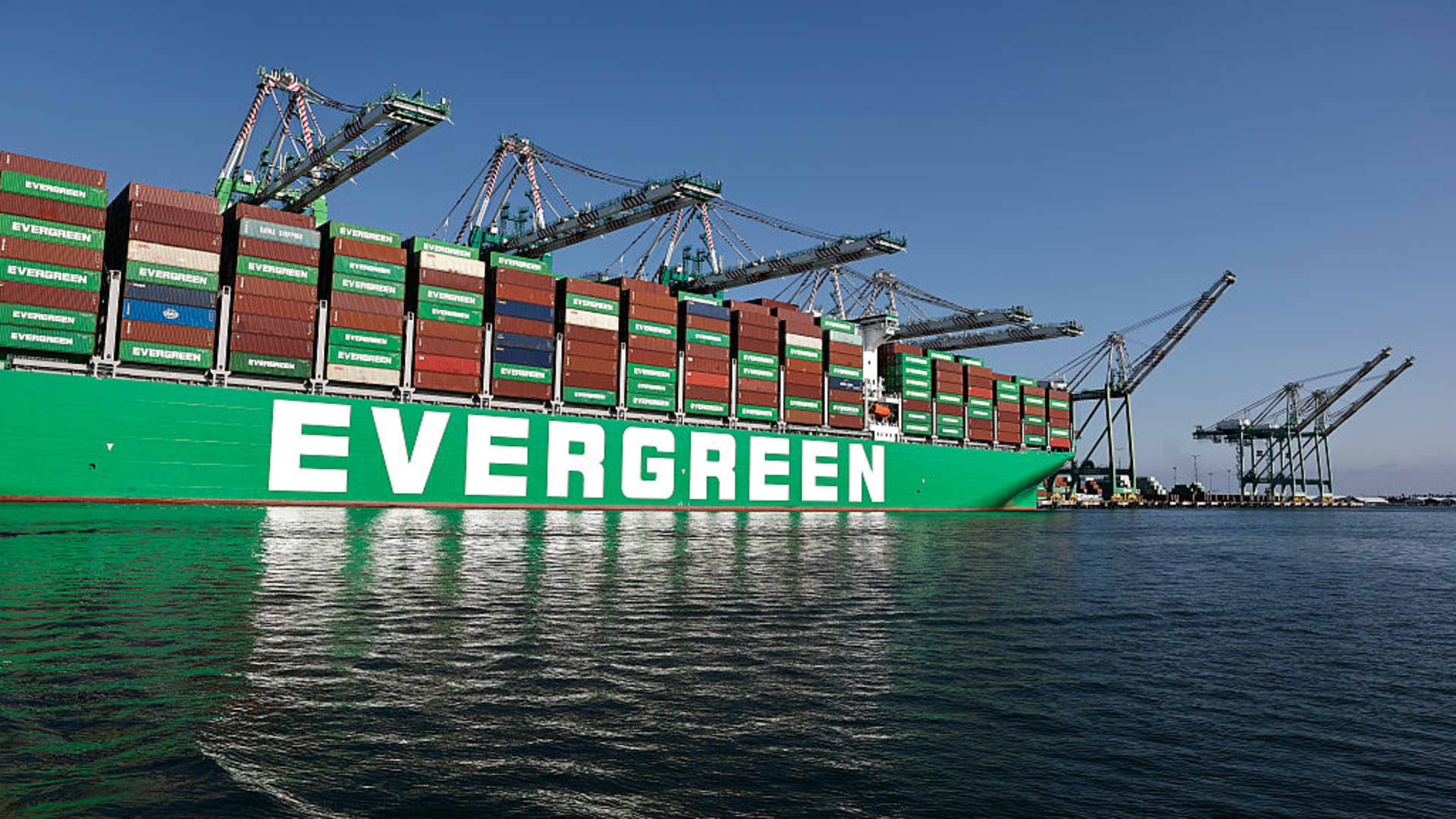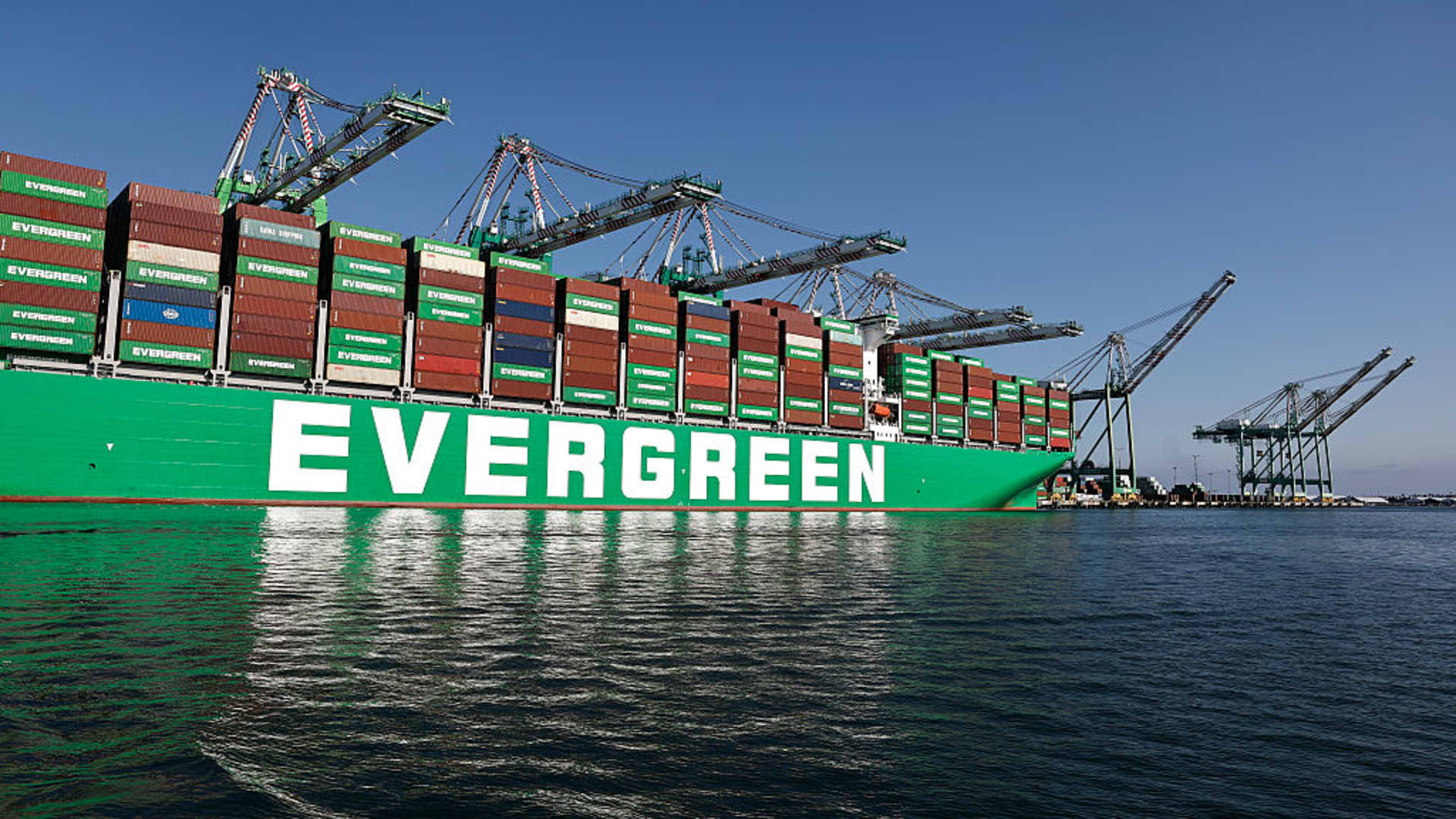Unpacking the U.S. Economy’s Q2 Surge: A Closer Look at the Numbers
The Numbers Tell a Story
The U.S. economy’s 3% growth in the second quarter of 2023 was more than just a statistical blip—it was a narrative shift. This performance, exceeding initial projections of 2.3%, defied expectations and injected a dose of optimism into economic forecasts. But what does this number really mean? To understand its significance, we must dissect the components that contributed to this growth and explore the underlying economic dynamics.
The Import Factor
One of the most notable contributors to the Q2 growth was a decrease in imports. In the context of GDP calculations, imports are subtracted, meaning a reduction in imports directly boosts the GDP figure. This decrease can be attributed to several factors, including companies adjusting their supply chains in anticipation of or reaction to existing tariffs. The reduction in imports suggests that businesses may be optimizing their operations to mitigate the impact of trade policies, a strategic move that has inadvertently supported economic growth.
Consumer Spending: The Engine of Growth
Consumer spending, which accounts for approximately 70% of U.S. economic activity, continued to be a driving force behind the Q2 growth. Although it moderated slightly to 2.8% from the previously estimated 2.9%, this deceleration is not necessarily a cause for concern. Instead, it reflects a more sustainable pace of growth, which could be indicative of a maturing economic cycle. However, sustained consumer confidence remains crucial for maintaining economic momentum, and any significant downturn in consumer spending could signal broader economic challenges.
The Tariff Conundrum
The role of tariffs in the Q2 growth story is complex and multifaceted. On one hand, tariffs can stimulate domestic production by making imports more expensive, thereby boosting local manufacturing and employment. On the other hand, they can also lead to higher prices for consumers, potentially dampening purchasing power and slowing economic growth.
Inflationary Pressures
The Personal Consumption Expenditures (PCE) index, the Federal Reserve’s preferred measure of inflation, rose at a 2.5% annual rate in the second quarter, down from 3.4% in the first quarter. Core PCE inflation, which excludes volatile food and energy prices, grew at 2.7%, down from 3.2%. These figures suggest that while inflationary pressures are present, they are not escalating rapidly. This moderation in inflation provides the Federal Reserve with some breathing room in its monetary policy decisions.
The Fed’s Dilemma
The robust Q2 growth, coupled with moderating inflation, presents a complex scenario for the Federal Reserve. The central bank must carefully calibrate its monetary policy to balance the need to sustain economic expansion with the imperative to keep inflation in check. The stronger-than-expected growth may reduce the urgency for aggressive interest rate cuts. However, the Fed will likely remain data-dependent, closely monitoring economic indicators and global developments to guide its policy decisions.
Regional and Sectoral Disparities
While the national GDP figure provides a broad overview of economic performance, it can mask underlying disparities. Economic growth is not uniform across all regions and sectors. Certain sectors, such as technology and healthcare, may be experiencing stronger growth than others, while some regions may be lagging behind due to factors such as demographic shifts or industry-specific challenges.
The Technology and Healthcare Boom
The technology sector, driven by innovation and digital transformation, continues to be a significant contributor to economic growth. The healthcare sector, buoyed by an aging population and advancements in medical technology, is also performing robustly. These sectors are not only generating jobs but also driving productivity gains, which are essential for long-term economic growth.
The Manufacturing Challenge
In contrast, the manufacturing sector faces significant challenges, including trade uncertainties, supply chain disruptions, and rising input costs. These challenges have led to a slowdown in manufacturing activity, which could have broader implications for the overall economy. Addressing these challenges will require targeted policy interventions and strategic investments in infrastructure and workforce development.
Navigating Uncertainty
While the Q2 growth figures are a welcome surprise, the economic outlook remains subject to considerable uncertainty. Global trade tensions, geopolitical risks, and domestic policy debates all have the potential to influence economic activity. Forecasters anticipate a potential slowdown in the coming months, driven by the combined effects of tariffs and moderating consumer spending.
The Trade Policy Puzzle
The resolution of trade disputes and the implementation of new trade agreements will have a significant impact on import levels, export competitiveness, and overall economic growth. A favorable resolution of trade tensions could boost economic activity, while prolonged uncertainty could dampen business investment and consumer confidence.
The Fiscal Policy Factor
Government spending and tax policies can influence consumer spending, investment, and economic activity. Strategic fiscal policies, such as targeted tax cuts or infrastructure investments, can stimulate economic growth and create jobs. However, excessive fiscal stimulus can also lead to inflationary pressures and unsustainable debt levels, posing challenges for long-term economic stability.
The Business Investment Imperative
Business investment is crucial for driving innovation, productivity, and long-term economic growth. A robust business investment environment, supported by favorable regulatory policies and access to capital, can foster economic dynamism and competitiveness. However, uncertainty and regulatory burdens can deter business investment, leading to slower economic growth and job creation.
The Resilience Factor
Despite the uncertainties, the U.S. economy has demonstrated a remarkable degree of resilience in recent years. The labor market remains strong, with low unemployment rates and steady job creation. Consumer confidence, while somewhat sensitive to external shocks, has generally remained at healthy levels. This resilience suggests that the U.S. economy is well-positioned to weather potential storms and to sustain a moderate pace of growth in the years ahead.
The Labor Market Advantage
The strong labor market is a key pillar of economic resilience. Low unemployment rates and steady job creation not only support consumer spending but also contribute to a virtuous cycle of economic growth. A robust labor market fosters consumer confidence, which in turn drives economic activity and investment.
The Consumer Confidence Conundrum
Consumer confidence is a critical indicator of economic health. While it has generally remained at healthy levels, it is somewhat sensitive to external shocks, such as trade tensions or geopolitical risks. Sustained consumer confidence is essential for maintaining economic momentum, and any significant downturn in consumer sentiment could signal broader economic challenges.
A Cautious Optimism
The surprising 3% growth in the second quarter offers a reason for cautious optimism. It signals that the U.S. economy is capable of exceeding expectations and overcoming challenges. However, it is essential to recognize that the economic landscape remains fluid and that unforeseen events could alter the trajectory. By carefully monitoring economic indicators, proactively addressing emerging risks, and fostering a supportive policy environment, the U.S. can strive to sustain economic growth and prosperity in the years ahead.
The Road Ahead
The road ahead might be bumpy, but with vigilance and the right strategies, the U.S. economy can continue to surprise on the upside. The Q2 growth is a breath of fresh air, a reminder of the U.S. economy’s underlying strength. But it’s not a signal to declare victory. It’s a call to smart navigation, careful planning, and a continued commitment to sustainable, inclusive growth. The U.S. economy’s ability to navigate these challenges will depend on several factors, including strategic trade policies, effective fiscal policies, and a supportive business investment environment.
The Takeaway: A Breath, Not a Victory Lap
The Q2 growth is a breath of fresh air, a reminder of the U.S. economy’s underlying strength. But it’s not a signal to declare victory. It’s a call to smart navigation, careful planning, and a continued commitment to sustainable, inclusive growth. The road ahead might be bumpy, but with vigilance and the right strategies, the U.S. economy can continue to surprise on the upside. The Q2 growth is a testament to the economy’s resilience and adaptability, but it also underscores the need for proactive policy measures and strategic investments to ensure long-term economic prosperity.












